Fresh ingredients, excellent meat quality and world renowned wines. Eating in Spain is not just a daily need, it is a full culinary adventure
If there is a country, where going to a restaurant is always a different surprising experience, it has to be Spain. It is delicious, but very slow. Relaxed, but extremely loud. And sometimes overwhelming, but definitely unforgettable. Eating in Spain is considered a ritual to celebrate relationships, friends and family. It is a way to show love to someone you appreciate or an adventure you embark to meet new people. I spent six weeks in Spain trying a different restaurant every single day and by the end of my stay, I think I understood why food is so important for Spaniards and got a pretty good idea of how to eat like a local.
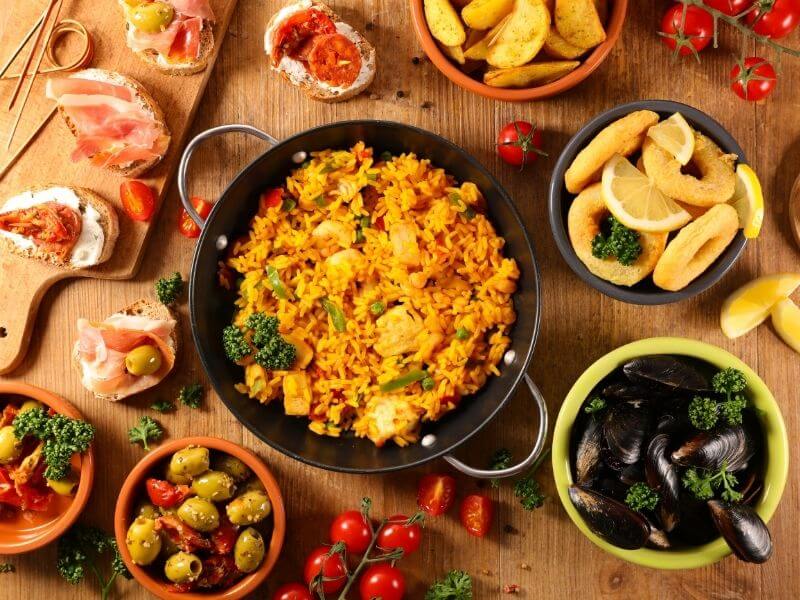
Timing is key
Spain is probably the only country in the world where is difficult to find an open restaurant at 4pm and where is outrageous to ask a local to go for dinner at 7pm. Spain has a weird timing for eating and that was one of the first things I had to adapt to.
A casual dinner with friends in a restaurant usually starts at 10 pm and it will mean trying different small bites and pre meal drinks at the beginning. Around 11 pm getting my main course and around midnight getting more drinks and dessert. Spaniards love to eat and stay up late and in comparison with other European countries, eating will never be a rushing experience – it has to be in calm, relax and more like a private party.
But Spanish people don’t eat late because of no reason. Due to the high temperatures in the country, especially in the south (where it can get up to 45 degrees in Summer), shops need to close and people have to stay home. It is impossible to work, be outside or work out under these conditions and therefore the only thing left to do is simply nap. Spaniards take a two-three hour “siesta” between 2 and 6 pm, so once they wake up, it feels for them like the day is just starting.
Read more: How to plan a trip to Malta
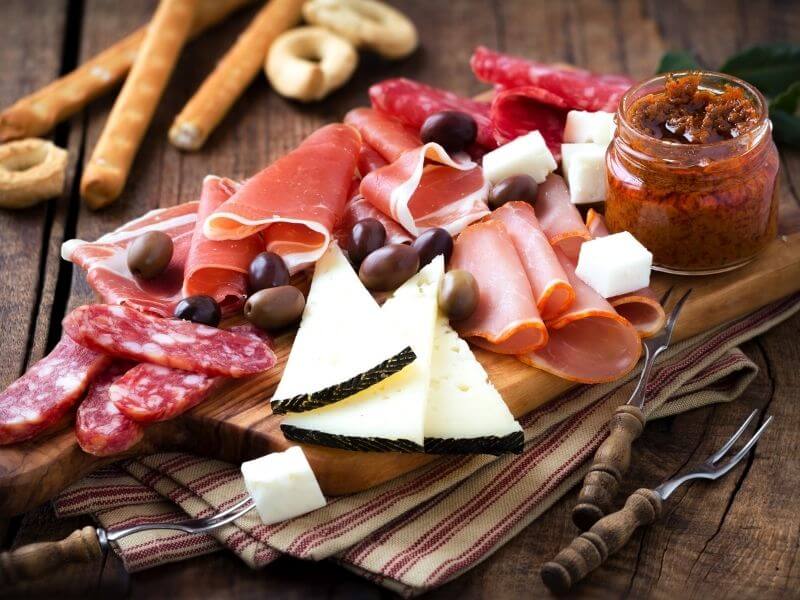
Appetizers, appetizers and more appetizers
Tapas, pintxos, montaditos or simply bread with a dip. There are so many different types of appetizers in Spain, that most foreigners simply call them all “tapas”. However, each one of them is a completely different dish and like all appetizers you will find in Spain, they are a diverse and delicious experience to taste.
Tapas are a smaller version of a standard dish: Russian salat, fried potatoes or even goulash. But tapas can also be a small snacks you would usually get in a bar when ordering a drink: olives, chips, a small portion of cheese or ham. They are usually little bites for a single person and if you want to get a dinner with just tapas, you will need to order 4-5 to be satisfied.
Read more: These are the must visit spots in the Spanish Mediterranean
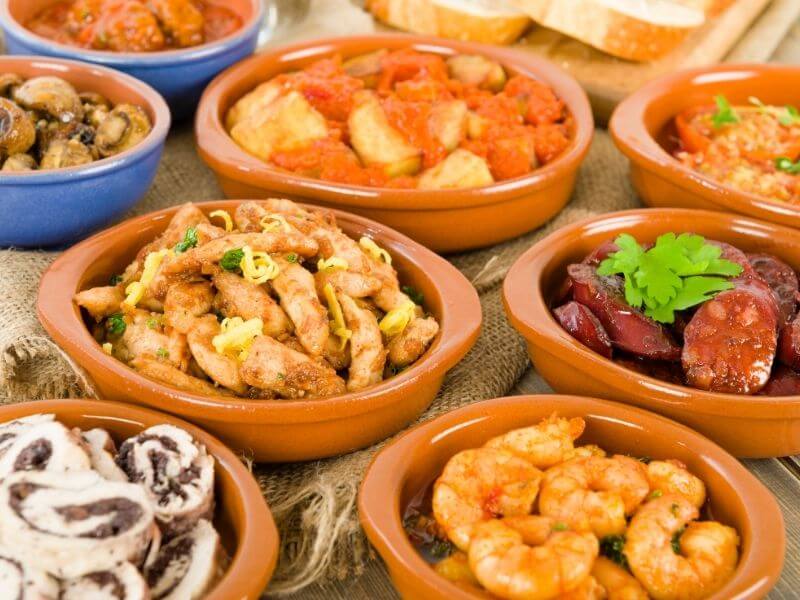
NOTE: Tapas were traditionally free appetizers locals got when ordering a drink at the bar. However, due to its popularity abroad, this “tapa culture” doesn’t exist anymore in touristic cities and you will have to go off the beaten path, in order to get your tapa each time you order a beer.
Pintxos, alternatively, are little appetizers on top of a piece of bread or stuck together with a toothpick. Pintxos are never for free and even though they are as small as a tapa or even smaller in some cities, they usually cost more. Pintxos are more popular in northern Spain and they are perfect for trying the diversity of the Spanish cuisine in a single meal.
And finally, montaditos are small sandwiches that can vary on size and price depending on where you are. There are places where one montadito is enough to be full for a couple of hours, while there are others where you need 4 or 5 to feel that you are eating properly.
Read more: How to plan a road trip in Andalusia
Read more: All you need to know before planning a trip to Versailles
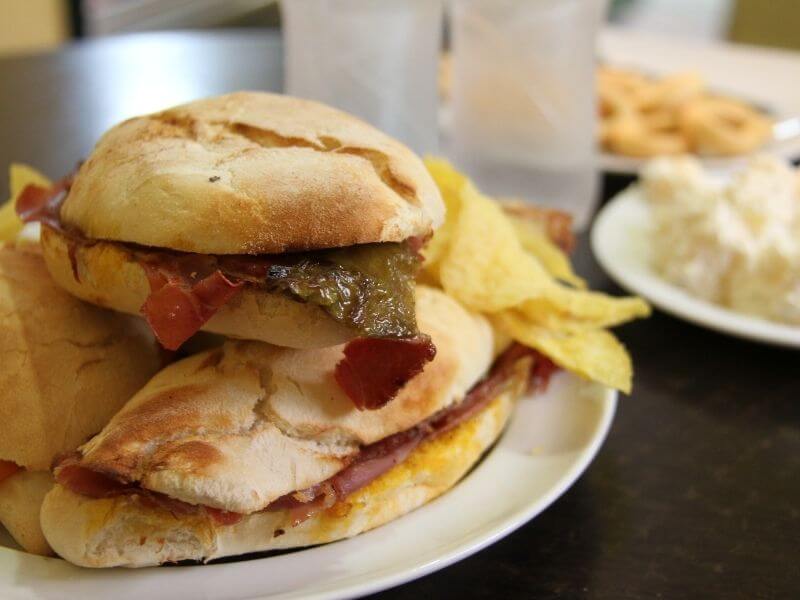
Avoid the paella – unless you are in Valencia
Paella is probably the most recognizable dish when eating in Spain. It is considered abroad a national delicacy you have to try, while for Spaniards it is just an stereotype they don’t like to be related to. Travelers in Barcelona, Madrid, Seville and even Mallorca will find huge signs offering fresh and delicious paella. However, according to locals in all these different cities, these are places you have to avoid.
On the other hand, believed to be the original recipe, any Spaniard will agree that Valencia is the place to eat paella. It is supposed to be the best and most traditional dish of the region and once you try it there, you will notice why.
The traditional “paella valenciana” consists of rice, beans, peas, rabbit, chicken and sometimes duck. However, more modern versions of this dish, like the seafood paella, have become more popular due to the fresh Mediterranean seafood you can find all along the Spanish coast.
Read more: How to make the most of a trip to Seville
Read more: Is Casa Batlo worth a visit?
Read more: Visiting the extraordinary villages of Alberobello and Matera in Italy
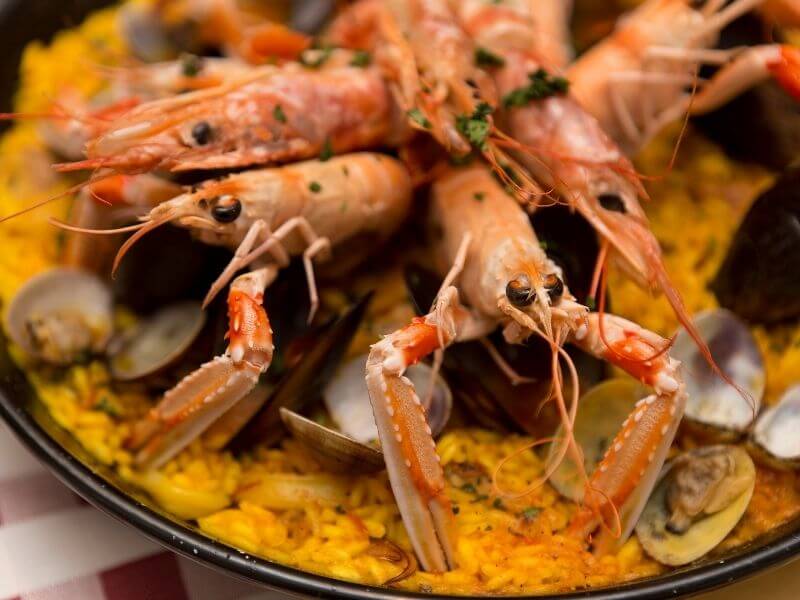
A glass of wine to finish the day
Spain has some of the best wineries in the world and while you don’t have to drink 100 EUR cava to appreciate its taste, you can simply enjoy the excellent wine quality you will find everywhere you go. 3 EUR wines in Spain are 10 EUR wines in Germany and even if you are paying only 1,5 EUR for your glass of red wine in a local bar, this is a wine with excellent quality that simply has not a big name behind.
Spaniards love to “ir de copas” and try two, three, four or even five bars in a single night out. It is normal to get a glass of wine with a tapa, finish the meal and simply move on to the next one. This is one of the most fun activities to do in Spain every night and one of the reasons why I stayed so long in the country.
Read more: Eating in Greece – Is there something better than that?
Read more: Best tips for visiting the pride festival in Barcelona
Read more: Road Trip in Northern Catalunya and Andorra

Eating like a local in Spain means to be messy, festive and happy. It means to see the brighter side of life and enjoy the small things. Spain is the country where a dinner easily turns into a party and going for some wine becomes an adventure. Maybe this is the secret of eating like a local – just go out, explore and taste.
